The Ghost of Mae Nak
I recently watched a Thai ghost film called "The Ghost of Mae Nak" and decided to do some research on the legend behind the film, during which I found it interesting to note a slight similarity between this legend and "The Black Lady of Bradley Woods" despite the storie

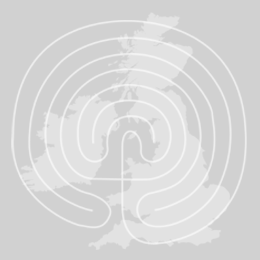

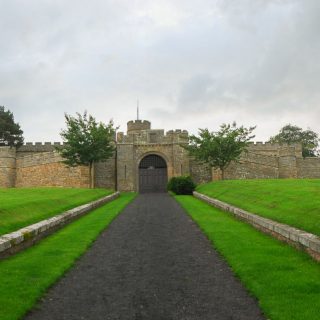
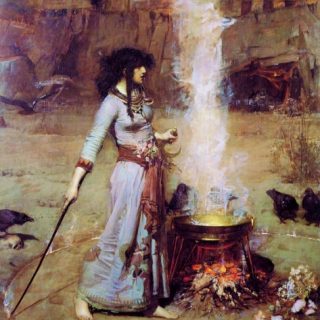
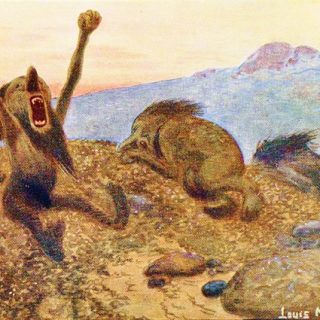
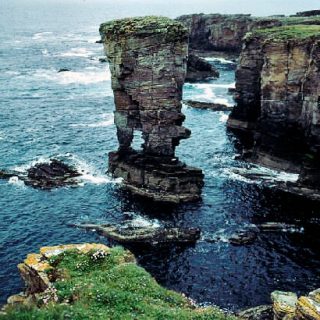
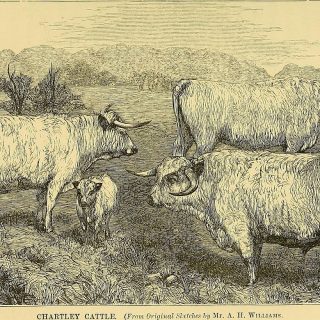
Recent Comments